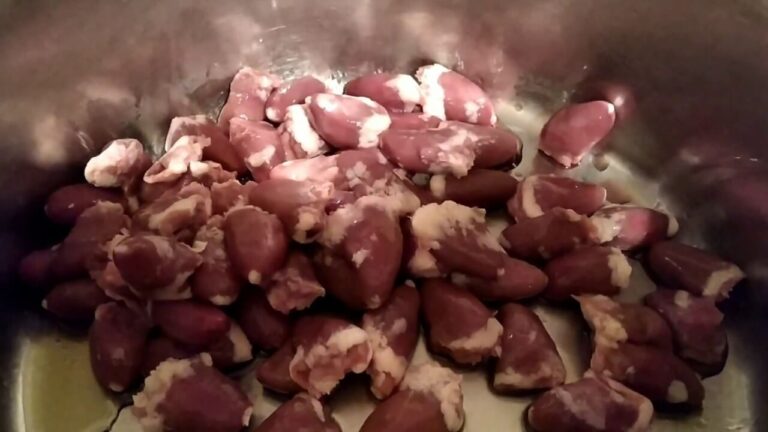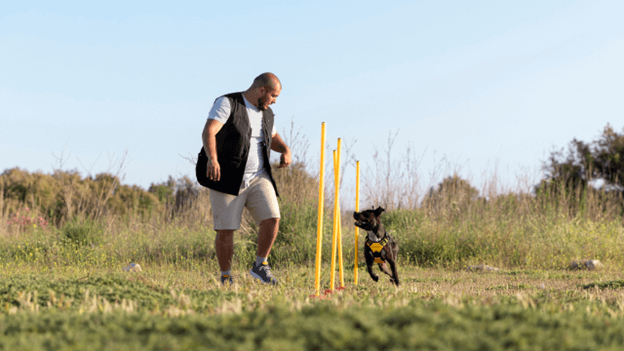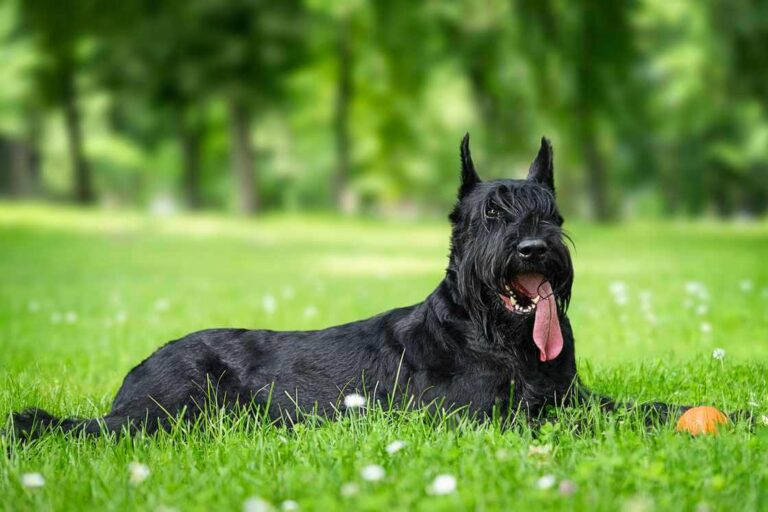Bluetick Coonhound Dog Breed | Description, Temperament, Lifespan, & Facts
The Bluetick Coonhound, a distinctive American breed, is known for its striking blue-black mottled coat and its prowess in tracking and hunting. Originating in the southeastern United States, this breed was developed by crossing various hound breeds, including the French Grand Bleu de Gascogne and English Foxhounds. Bluetick Coonhounds are renowned for their keen sense of smell, relentless determination, and affectionate nature, making them excellent companions and dedicated hunters.
Contents
Physical Characteristics of Bluetick Coonhound
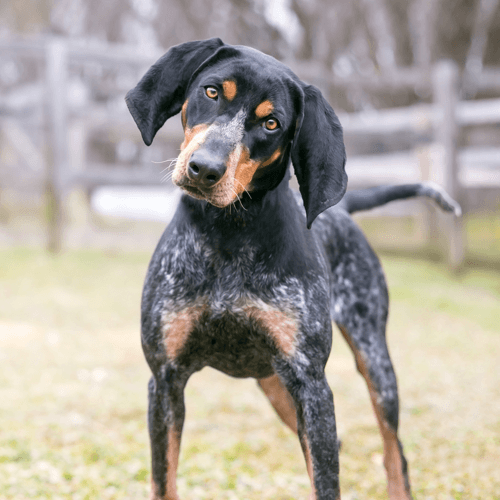
Bluetick Coonhounds are medium to large dogs, with males standing 24 to 27 inches tall and weighing between 55 to 80 pounds, while females are slightly smaller. Their short, smooth coat is predominantly blue-ticked, with a mix of black spots on a white background, complemented by tan markings on the face and chest. This breed’s expressive eyes and long, floppy ears give it a soulful, endearing appearance.
Temperament and Personality Traits
Bluetick Coonhounds are known for their friendly, loyal, and intelligent disposition. They bond deeply with their families and are good with children and other pets, although their hunting instincts might lead them to chase smaller animals. Blueticks are affectionate and eager to please but can also be independent and stubborn, requiring patient and consistent training. They thrive on companionship and are best suited to households where they receive ample attention and interaction.
Health and Lifespan
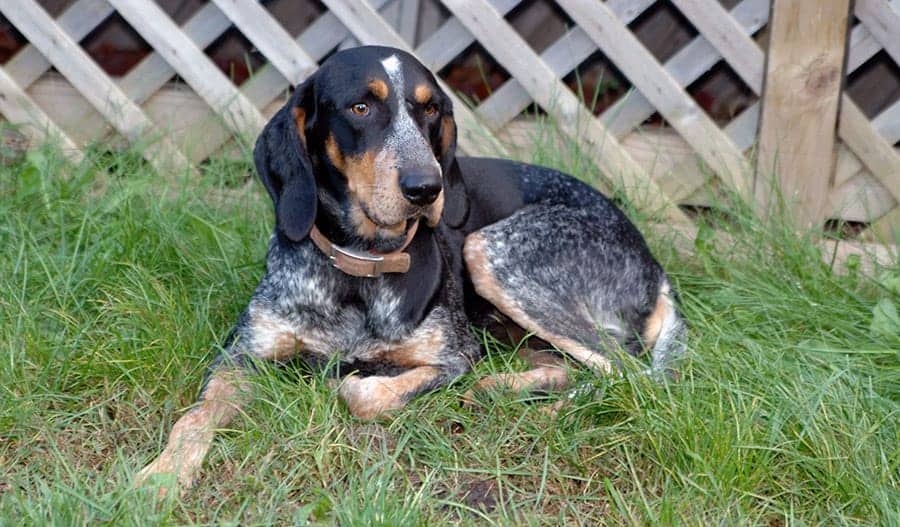
Bluetick Coonhounds are generally healthy dogs with a lifespan of 11 to 12 years. However, they are prone to certain hereditary health issues, including:
- Hip Dysplasia: A common condition in large breeds where the hip joint doesn’t fit properly, leading to pain and mobility issues.
- Elbow Dysplasia: Similar to hip dysplasia, this affects the elbow joints and can cause lameness and discomfort.
- Bloat: Also known as gastric dilatation-volvulus (GDV), this life-threatening condition involves the stomach twisting and filling with gas.
- Ear Infections: Due to their long, floppy ears, Blueticks are susceptible to ear infections, which require regular cleaning and monitoring.
- Eye Problems: Conditions such as cataracts and progressive retinal atrophy (PRA) can affect their vision.
Exercise and Activity Requirements
As a high-energy breed originally bred for hunting, Bluetick Coonhounds require ample exercise to stay healthy and happy. They need at least one to two hours of vigorous physical activity daily, which can include brisk walks, runs, hikes, and playtime. Activities that engage their natural scent-tracking abilities, such as tracking games or participating in dog sports like agility and scent work, are particularly beneficial.
Due to their strong prey drive, it’s essential to keep Blueticks on a leash or in a secure, fenced area during outdoor activities. They are known for their ability to follow scents over long distances, which can lead them to wander off if not properly contained.
Training and Socialization
Training a Bluetick Coonhound can be both rewarding and challenging. They respond well to positive reinforcement techniques, such as treats and praise, but their independent nature can sometimes make them stubborn. Early socialization and obedience training are crucial to helping them develop good manners and reduce undesirable behaviors.
Exposure to various environments, people, and other animals from a young age helps Blueticks become well-rounded adults. Consistent training sessions and enrolling in obedience classes can enhance their training experience and strengthen their bond with their owners.
Grooming and Maintenance
Bluetick Coonhounds have relatively low grooming needs. Their short, smooth coat sheds moderately and requires weekly brushing to remove loose hair and distribute skin oils. Regular baths, about once a month or as needed, keep their coat clean and healthy.
Their floppy ears need particular attention to prevent infections. Clean and check their ears weekly for signs of redness, swelling, or unusual odor. Regular nail trimming and dental care are also important aspects of their grooming routine.
Diet and Nutrition
A balanced diet tailored to their age, size, and activity level is essential for Bluetick Coonhounds. High-quality commercial dog food, divided into two meals per day, provides the necessary nutrients. Owners should monitor their dog’s weight and adjust portions accordingly to prevent obesity, which can exacerbate health issues like hip dysplasia.
Living Conditions
Bluetick Coonhounds are adaptable but thrive best in homes with access to ample outdoor space where they can explore and exercise. They enjoy spending time with their families and should not be left alone for long periods, as they can develop separation anxiety and engage in destructive behaviors. While they can adapt to apartment living if given sufficient exercise, a house with a yard is ideal.
Historical and Cultural Significance
Bluetick Coonhounds have a rich history and cultural significance in the United States. Developed in the early 20th century, they were bred for their exceptional hunting abilities, particularly in tracking raccoons. Their name derives from the distinctive blue-ticked pattern of their coat. Today, they remain popular among hunters and are also cherished as loyal family pets. The Bluetick Coonhound is the official state dog of Tennessee and the mascot of the University of Tennessee.
Bluetick Coonhound FAQs
Q: Are Bluetick Coonhounds good with children?
A: Yes, Bluetick Coonhounds are generally good with children. They are affectionate and gentle, making them suitable companions for families. However, supervision is always recommended, especially with younger children.
Q: How much exercise does a Bluetick Coonhound need?
A: Bluetick Coonhounds require at least one to two hours of vigorous exercise daily. Activities like hiking, running, and playing scent-tracking games are ideal for keeping them physically and mentally stimulated.
Q: Do Bluetick Coonhounds bark a lot?
A: Bluetick Coonhounds are known for their loud, distinctive bark, which they use to communicate and alert their owners. While this can be an asset for hunting, it may require training and management in a domestic setting.
Q: What is the lifespan of a Bluetick Coonhound?
A: The average lifespan of a Bluetick Coonhound is around 11 to 12 years.
Q: Are Bluetick Coonhounds easy to train?
A: Bluetick Coonhounds can be moderately challenging to train due to their independent nature. Consistent, positive reinforcement methods and early socialization can make training more effective.
Conclusion
The Bluetick Coonhound is a remarkable breed known for its exceptional hunting skills, loyal nature, and striking appearance. With proper training, socialization, and care, they make wonderful companions for active families and individuals. Their rich history and cultural significance add to their allure, making them a cherished breed in many American households. Whether as a hunting partner or a loving family pet, the Bluetick Coonhound is sure to win the hearts of those who welcome them into their homes.
- Golden Retriever Pros and Cons: What Every Pet Parent Should Know - 15 September 2025
- Cane Corso Dog Breed: Health, Care, and Lifespan - 14 September 2025
- Catahoula Leopard Dogs: Description, Temperament, Lifespan, & Facts - 21 July 2025




